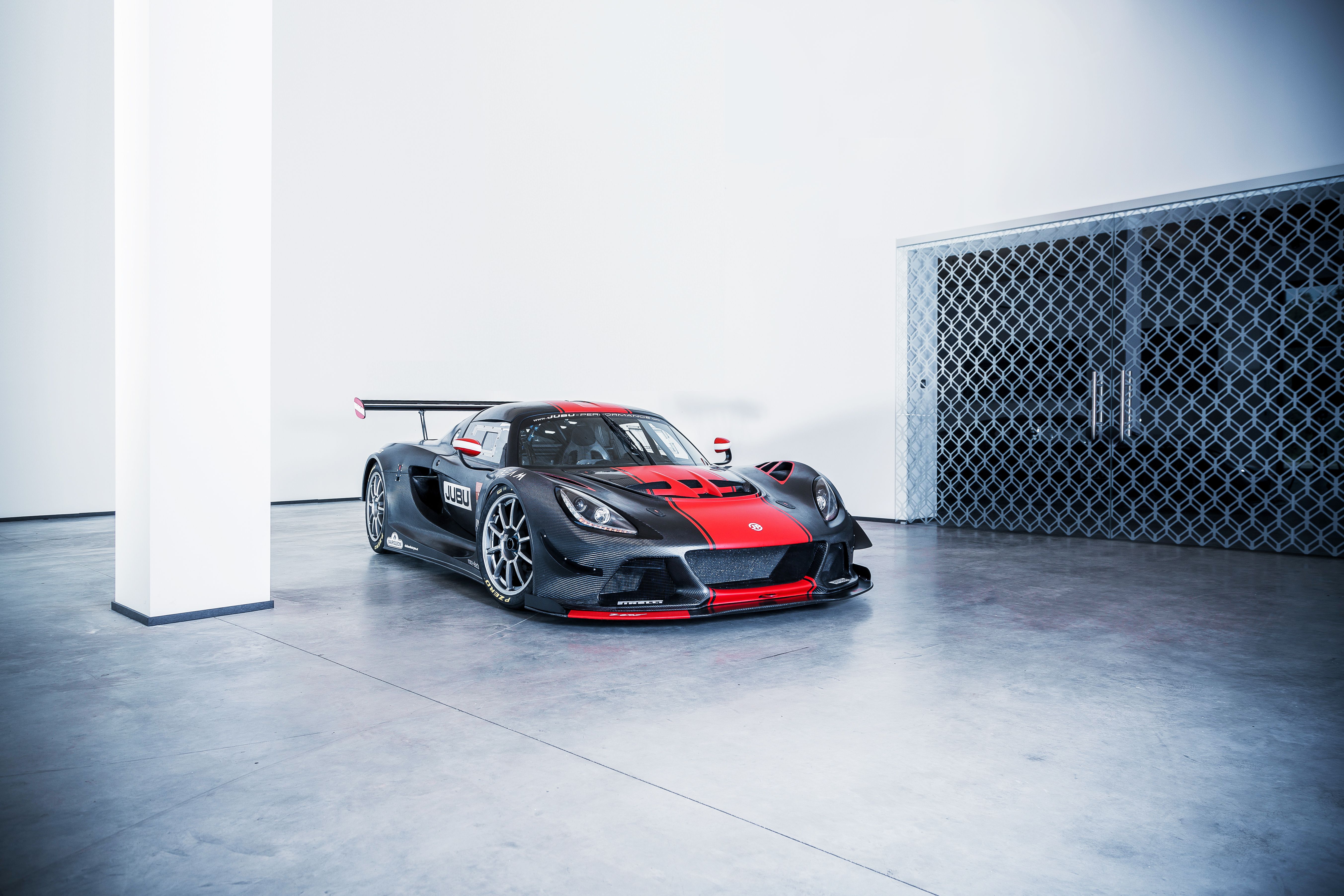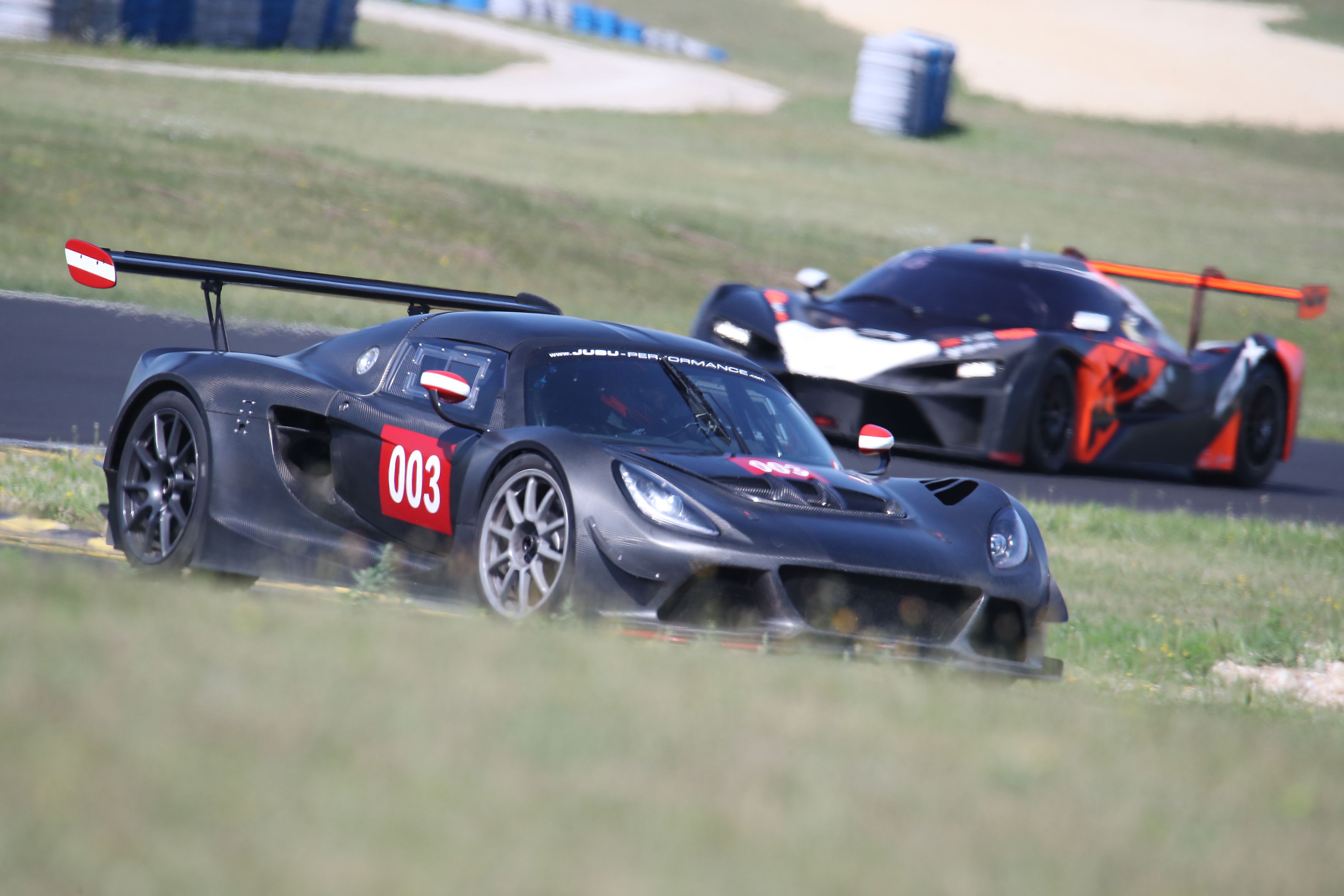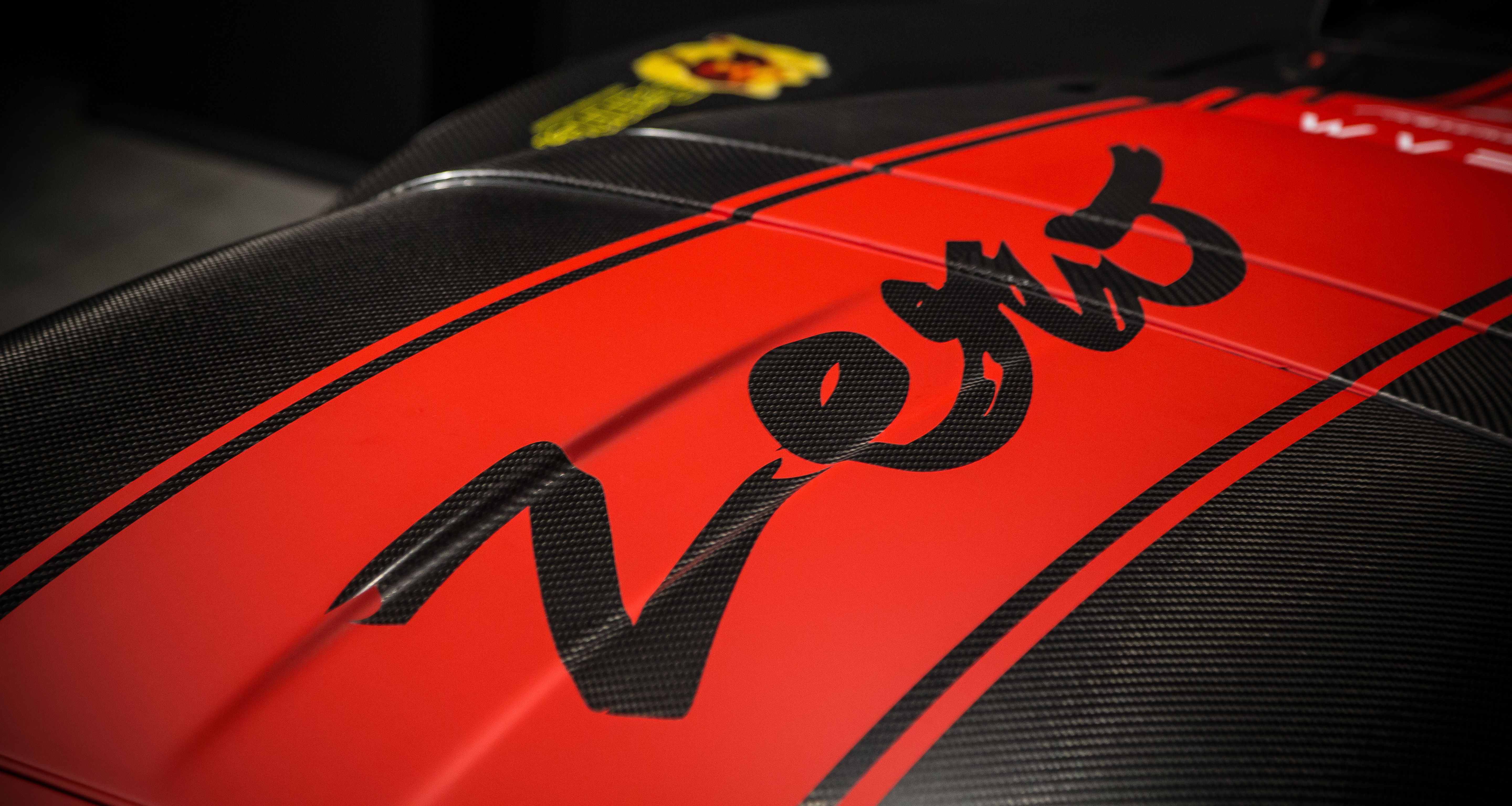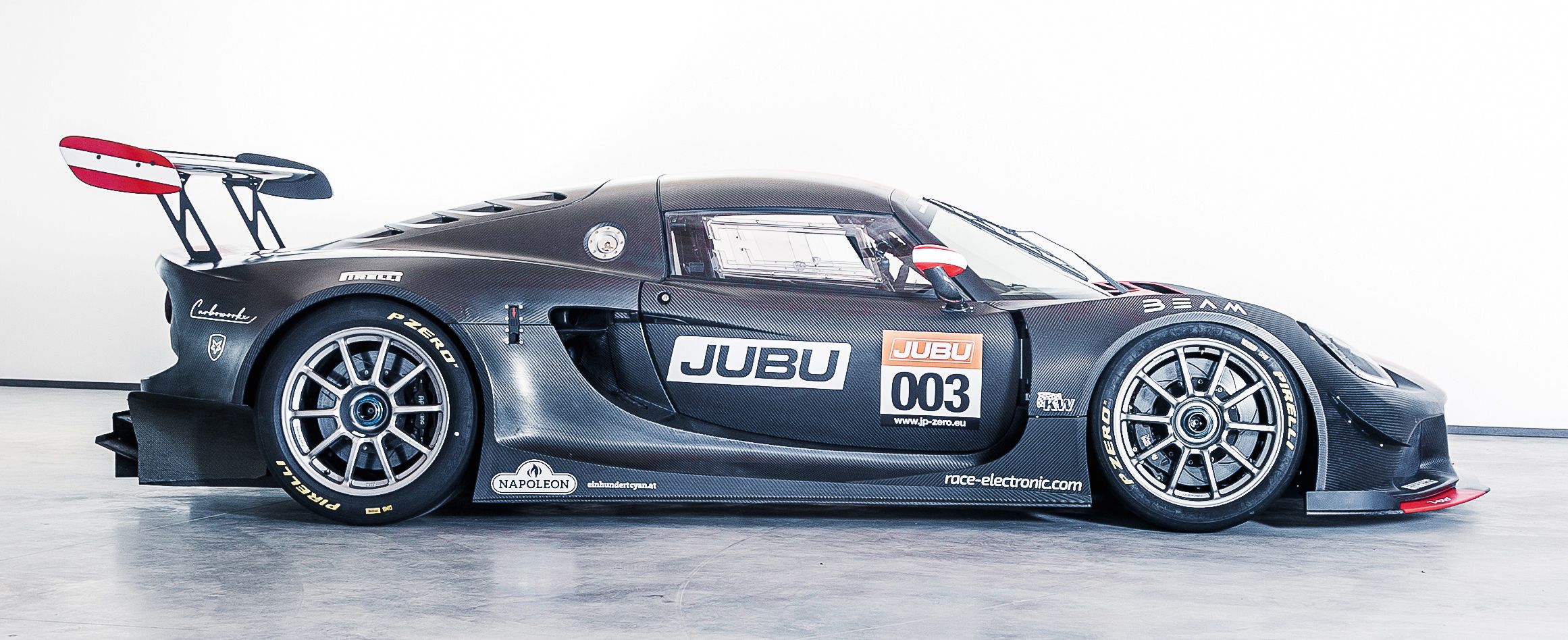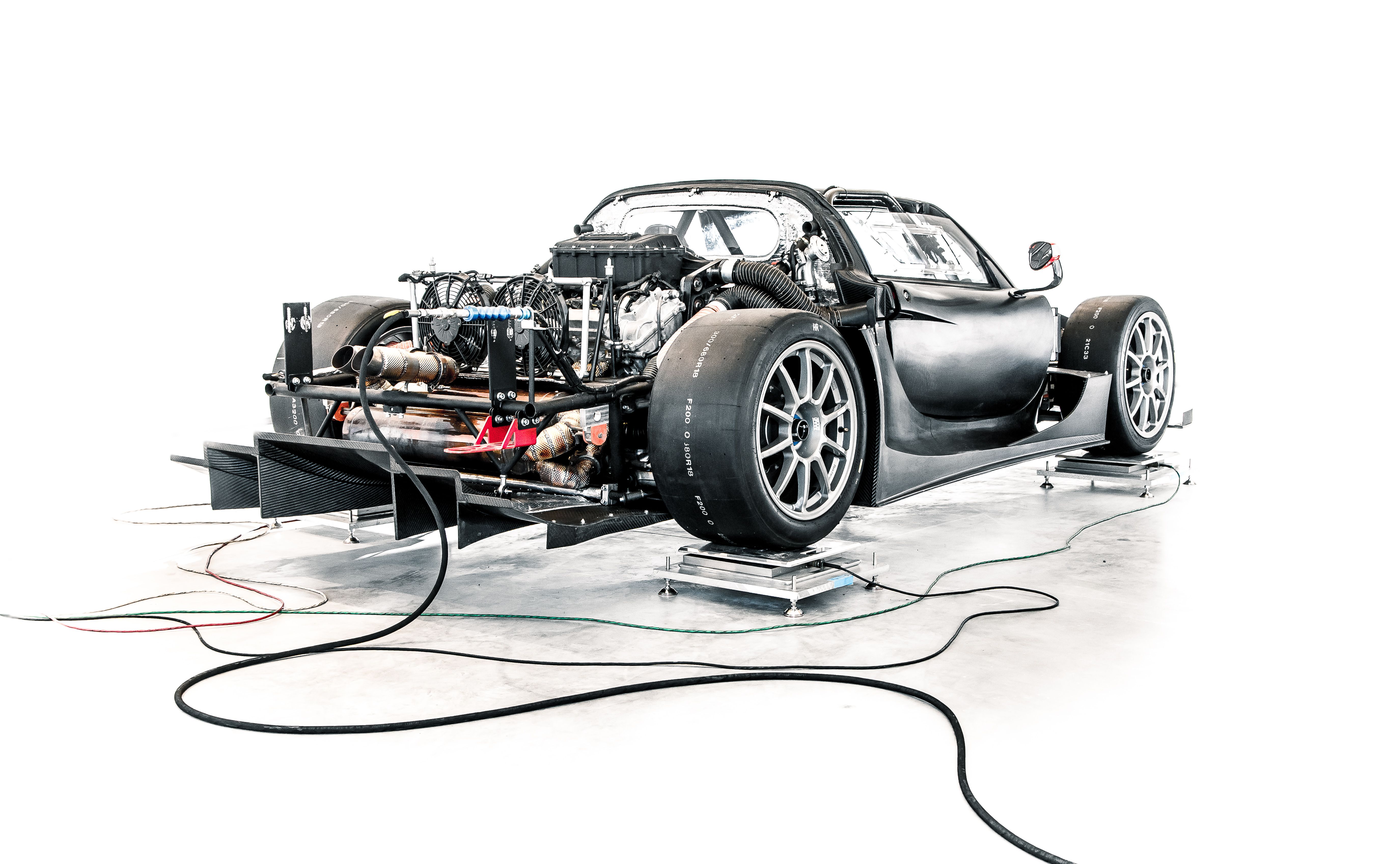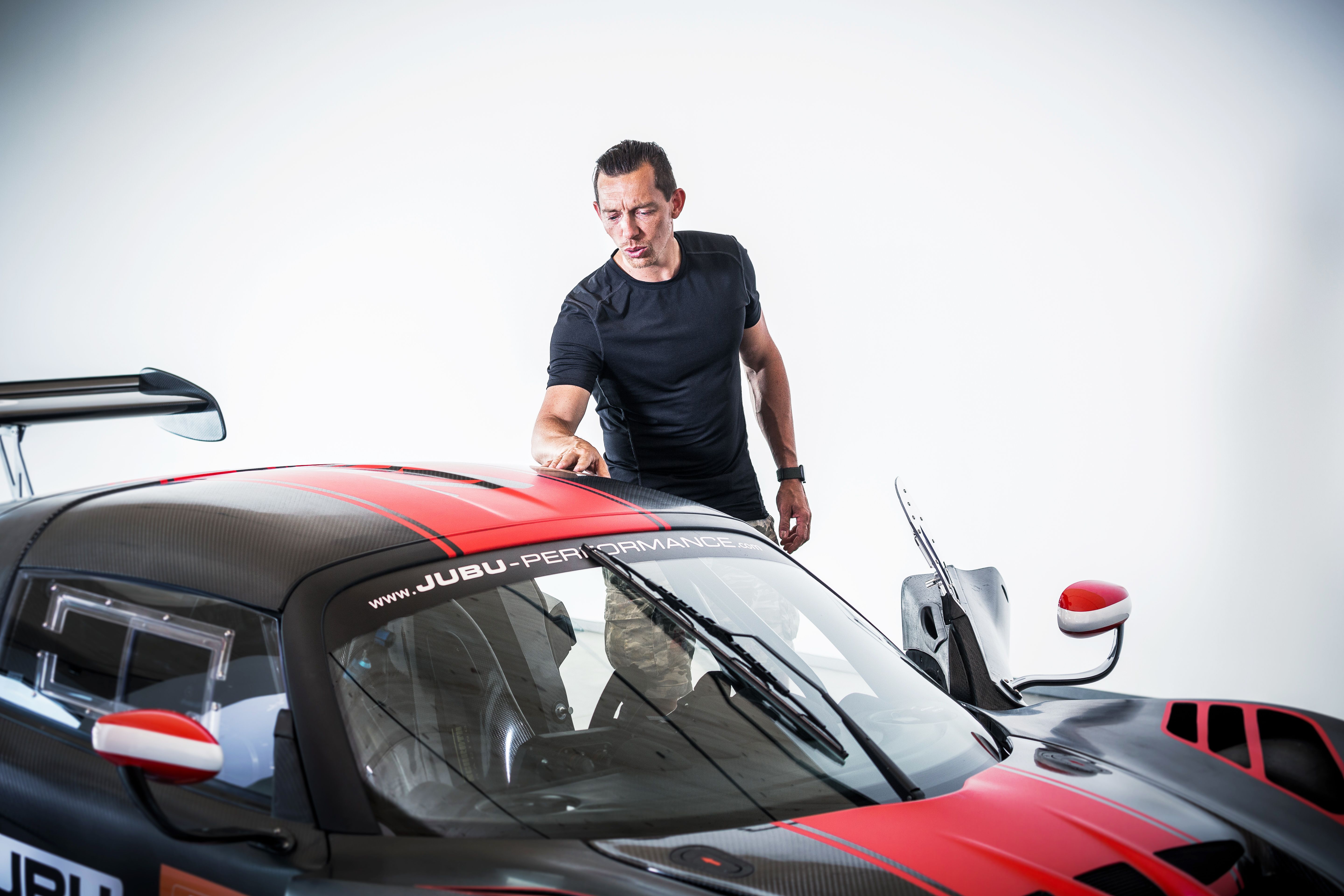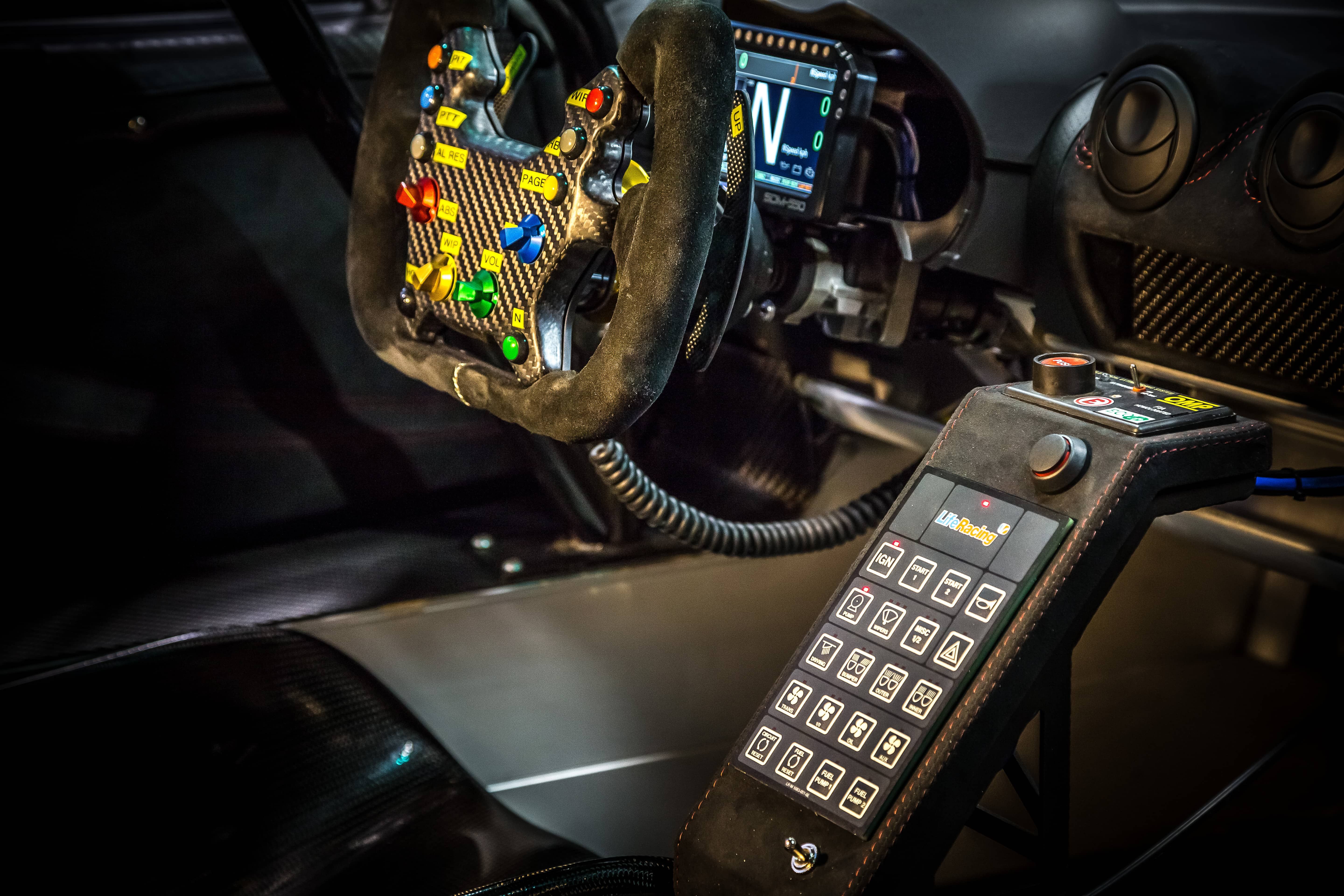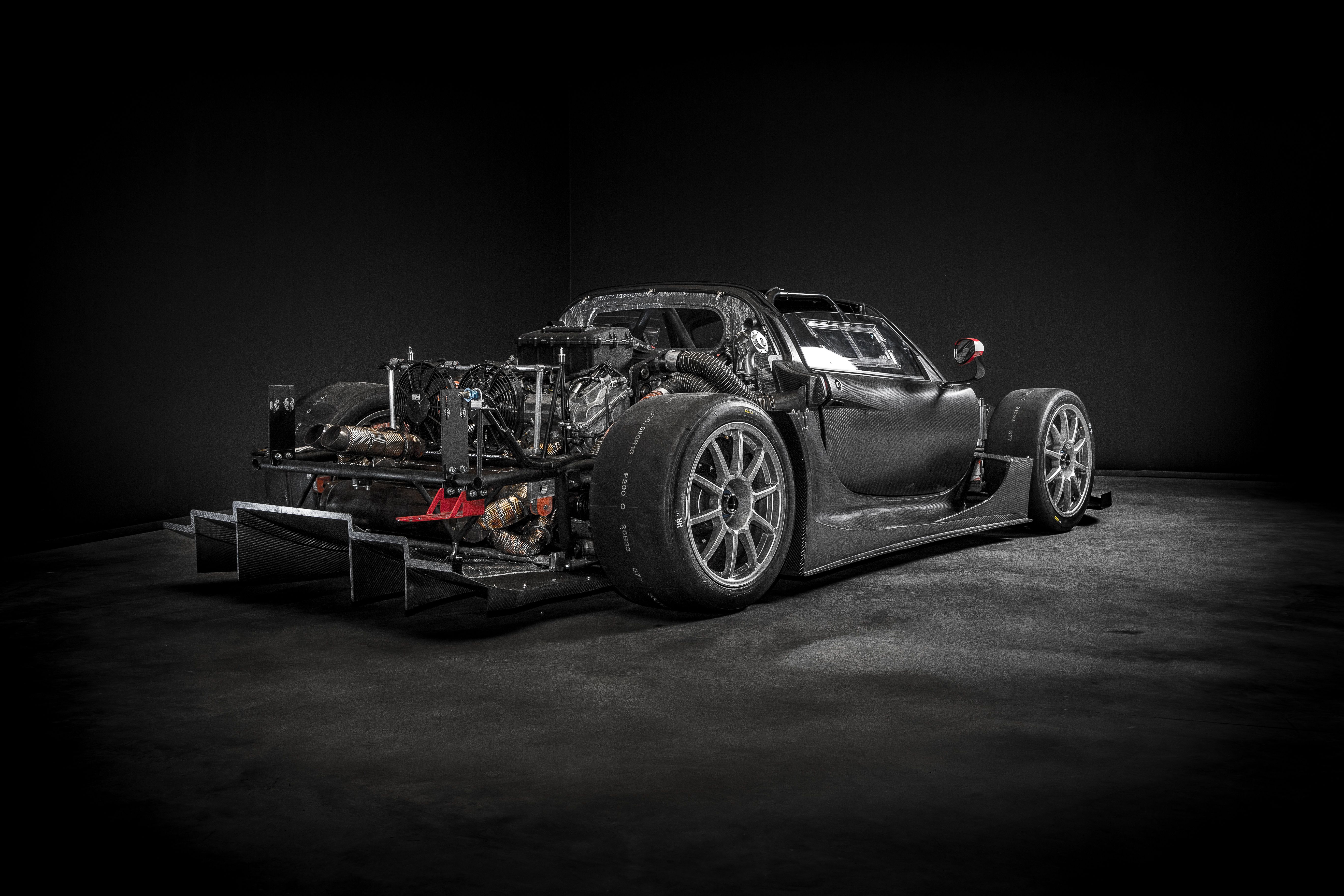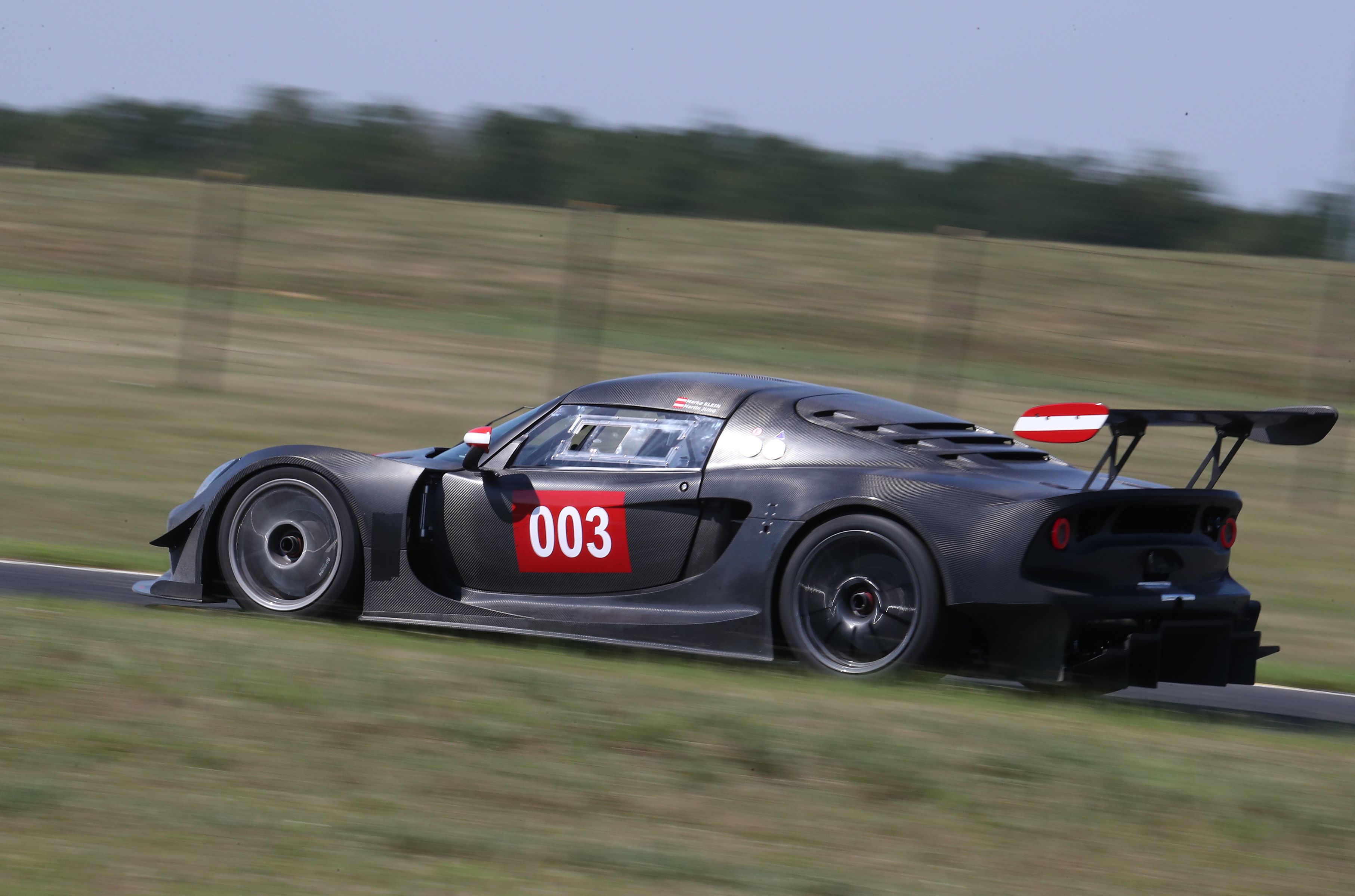Lotus built its reputation on the track by winning six Drivers' Championships and seven Constructors' Championships throughout the '60s and '70s and it was the road cars that benefitted the most from all that experience.
Nowadays, Lotus is prepping up the Evija, supposedly the most powerful production car ever, but race-going Lotuses are thin on the ground so it's up to Jubu Performance and other tuners to get it done. The JP Zero is the latest Lotus-based supercar and, luckily, a 600-horsepower, $600,000 GT2 version will be available as well.
The ludicrous creation was built to the new GT2 regulations
Jubu Performance may not be, at first glance, the place you'd look for when thinking of buying one of the most extreme Lotus race cars in the past few decades but that's because not many have heard about Austria's leading Lotus and Caterham specialists. With years of experience tuning and tracking Lotus and Caterham products, the company has decided to reach for the clouds with Project Zero, a Lotus Exige that's overdosed on steroids.
The only thing that you keep is the monocoque chassis and then you get to work making your own car around it.
If that sounds a bit like what Hennessey did when they sat down and decided to make the Venom GT, then you're roughly right although the scope of the JP Zero is different.
While Hennessey only built one version of the Venom, which was a street-bound, 1,244 horsepower and 1,155 pound-feet of torque record-breaking beast powered by a twin-turbocharged, 7.0-liter V-8, Jubu Performance offers its Project Zero in three different attires: ZEROrace, ZEROtrack, and ZEROstreet.
The names are self-explanatory and only 20 of each type will be built with prices ranging between $292,000 for the ZEROtrack and a staggering $762,000 for the more lavishly appointed ZEROstreet that you can take to the shops. So let's see what you're getting for your hard-earned hundreds of thousands of dollars.
"We took the great chassis from the Exige and built an entirely new car around it. Almost everything - from suspension to steering wheel - was completely new, designed and produced at our factory in Austria. During the development process, we always kept the old principle of Colin Chapman in mind: simplify, then add lightness," explained Martin Jung, founder of Jubu Performance. In the middle of the JP Zero, you'll still find a 3.5-liter V-6 engine but, now, with dry-sump lubrication and the redline at an ear-soothing 7,200 rpm.
That much power, however, is only available in the ZEROstreet that will drop in the Spring of 2022 sporting a bare carbon fiber body as standard body finish. The track-only ZEROtrack and ZEROrace versions are less powerful at 602 horsepower but that's more than enough when you take into account that these things tip the scales at just 2,120 pounds.
All that power and 468 pound-feet of torque reach the back wheels through the seven-speed dual-clutch transmission designed in house by Jubu Performance to replace the standard six-speed manual that has oft been criticized for its recalcitrant gearshift. "This was one of our greatest achievements during the project. Our DCT is really easy to handle and can compete with any sequential gearbox on track - but if you want to relax, you can just switch from manual in automatic mode and chill," added Jung.
According to the guys back at the shop, the track versions of the JP Zero can go for over 100 hours round and round on the circuit without requiring any major check-ups - we think the de-tuned engine helps in the reliability department. Other things that help the Zero on the track are the adjustable KW Competition dampers that have been certified for the SRO GT2 class as well as the bucket seat, and the full-blown roll-cage.
With 315-section rear tires hugging 18-inch, center-lock rims, the Zero looks impressive standing still and you can be sure you can bring it to a stop in a great big hurry from just about any speeds as those rims try in vain to conceal 14.8-inch rotors with six-pot calipers in the front and 14-inch rotors with four-pot calipers in the rear. It all comes together to deliver lap times in the 1:31s around Austria's F1 track, the Red Bull Ring. If you don't think that's impressive, consider that a fine-tuned GT3 car will lap the same course merely three seconds quicker in the hands of a professional driver.
But, then again, the ZEROrace is meant to be fast, massively so, because it's supposed to go head-to-head against Audi's R8 LMS GT2 and Porsche's 911 GT2 RS Clubsport. Soon, a fourth GT2 car will join in the form of KTM's latest X-Bow.
The Audi is a $375,000 proposition that looks at least as purposeful as its GT3 sibling and it's said to go even quicker in a straight line (although it will end up being slower around a full lap). Powered by a 5.2-liter, naturally aspirated V-10, the R8 LMS GT2 develops 640 horsepower and 405 pound-feet of torque while weighing just under 3,000 pounds. Despite the added weight in comparison to the JP Zero, the Audi can still do 0-60 mph in under four seconds. Then there's the Porsche with its 700 horsepower twin-turbo, 3.8-liter flat-six. While it may look a lot like a street-legal GT2 RS and, thus, not as extreme as either the JP Zero or the R8 LMS GT2, the Porsche is both the most powerful and the punchiest of the three with 553 pound-feet of torque at its disposal. It's also the heaviest weighing a little over 3,000 pounds.
The Porsche, too, has been seen out on race tracks competing in GT World Challenge America's GT Sports Club series dedicated to amateur and semi-pro drivers. The GT Sports Club welcomes both these new GT2 cars as well as GT3 cars and a similar series is run over in Europe under the GT World Challenge Europe umbrella as per the SRO's inter-continental plan.
KTM, meanwhile, will begin deliveries this fall with 25 units already available for customers. The car, developed in conjunction with Reiter Engineering, KTM's partner during the development of the X-Bow GT4, has already been put through its paces in the 24H Series, albeit in un-homologated GTX trim. The GTX is less powerful than the GT2 at 500 horsepower versus 600 horsepower in the GT2 but it's similarly light weighing about 2,200 pounds and the aero package is very similar as well. The GT2 version costs just under $350,000 but both X-Bows feature the same heavily-modified Audi five-pot engine (the 2.5-liter mill from the TT RS) beneath their intricate rear clamshells. Even though it's not as powerful as the GT2 variant, the GTX won its class on its maiden outing at Monza earlier this year and was actually leading the race overall after four of the 12 hours had gone by.
All of these four cars are very different but the SRO will make use of modern racing's best friend and worst enemy - Balance of Performance - to keep the speeds of each of the four cars in check so they can race each other in close proximity all of the time. While the pandemic squashed Stephane Ratel's hopes of seeing 18 of these beasts fighting for glory in the GT Sports Club this year, we might still see the JP Zero playing around with its GT2 rivals next year even though a proposed McLaren GT2 is now certainly off the cards.

